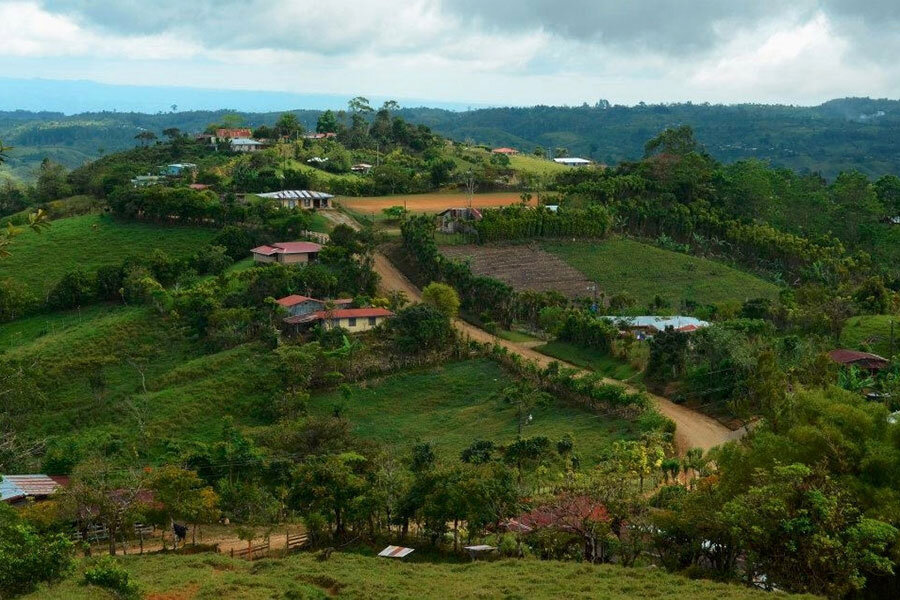How tree cover can offer shortcut to estimating biodiversity
A research team from Stanford University has developed a more efficient method to measure and quantify the level of biodiversity across landscapes from wilderness to urban centers.
The study, which was published Monday in the Proceedings of the National Academy of Sciences, found that the density of tree cover is the best indicator of the level of biodiversity in a given area. The researchers hope their results will inform policymakers attempting to protect biodiversity and endangered species.
"We've created a framework for counting something previously uncountable," Chase Mendenhall, a postdoctoral research fellow in biology at Stanford who led the study, said in a statement.
Over the course of ten years, Dr. Mendenhall led a series of three- to six-month field expeditions across Coto Brus in Costa Rica. The team of researchers hiked across the hilly tropical landscape from the deepest wilderness to open pastures making observations of a total of 67,737 living things from 908 species, including understory plants, non-flying mammals, bats, birds, reptiles, and amphibians. The researchers plotted the locations of understory plants, as well as non-flying mammals, bats, birds, reptiles, and amphibians, onto Google Earth photographs to determine the landscape features that lead to a greater biodiversity.
The researchers found that trees were the most important indicator of biodiversity for four of the six species groups studied: plants, non-flying mammals, bats, and birds.
"This is a win-win situation for planting trees and reforestation,” Mendenhall said in a statement. “One tree will increase the number of species quickly and planting a forest that fills in 100 percent of the area brings in the really charismatic species most at risk of extinction.”
According to the team’s model, the addition of a single tree to a treeless pasture can increase the number of bird species from near zero to 80 – although this increase drops off as additional trees are added to increase more gradually. The model also shows how different types of species will respond as trees are planted.
"Biologists all work with different animals. Some view the world through birds, some through bats,” Mendenhall said. “I'm trying to get a consensus that one thing all biologists can recommend to policymakers interested in halting climate change, protecting water, and safeguarding biodiversity is to plant, preserve and regenerate trees in the warm, wet areas of the world where most biodiversity exists.”
Being able to quantify the current state of biodiversity without conducting an extensive survey of the particular area, and also accurately predict how planting trees will affect biodiversity can help streamline environmental protection policies concerning everything from clean water and land use to carbon dioxide removal, Meadenhall says.
"We're giving people a way of measuring biodiversity, so that they can place their own value on it," he said in a statement. "We know that planting trees along rivers protects water and sucks up atmospheric carbon. Now we're also showing how many species you can add in the process.”






